Compact apartment by Ettore Sottsass reveals pioneering design approach
Triennale Design Museum presents Casa Lana, a new acquisition that faithfully reconstructs an apartment interior originally conceived by Ettore Sottsass in 1965
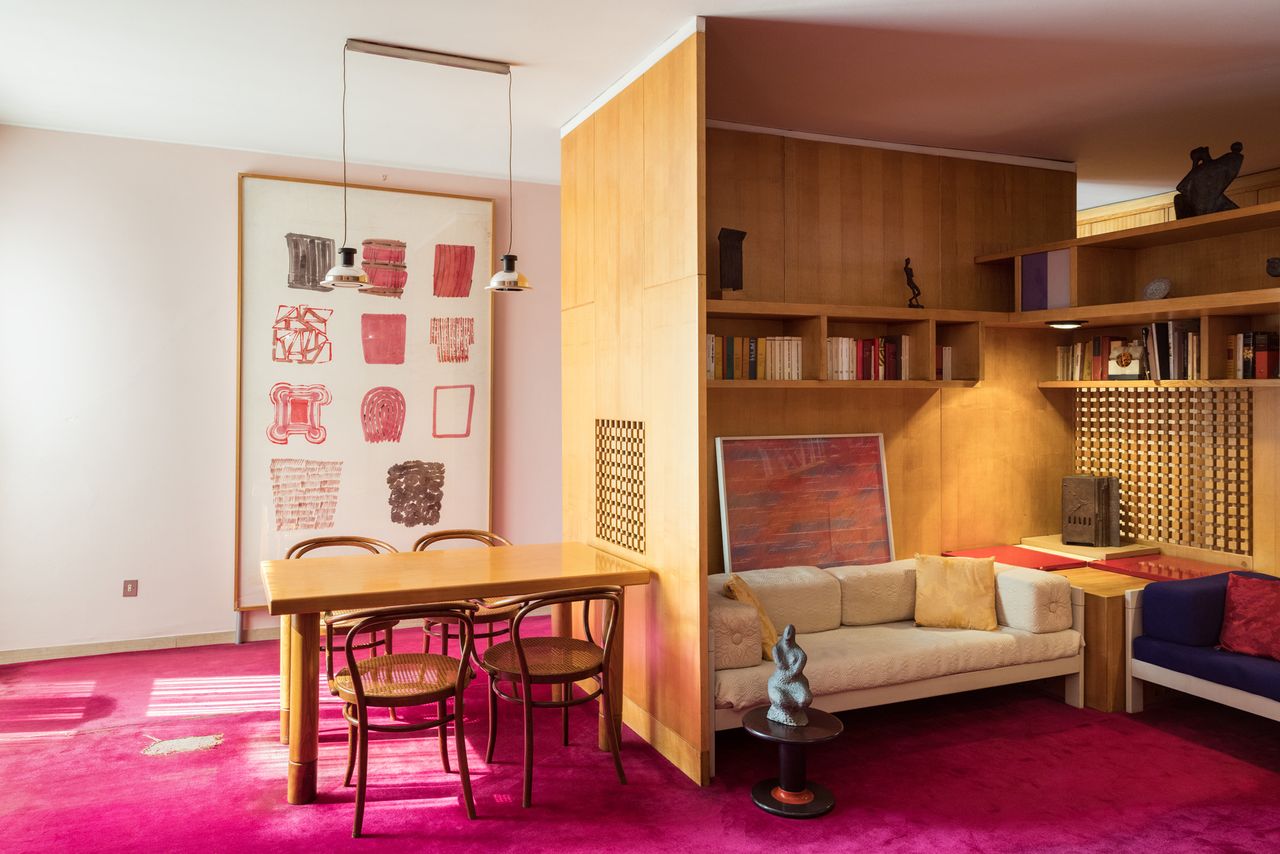
Gianluca Di Ioia - Photography
Designed in 1965 by Ettore Sottsass for his friend, the lithographer and printer Giovanni Lana, Casa Lana in Milan is the latest acquisition for the permanent collection of the Triennale di Milano. The cultural institution’s recent wave of acquisitions, arranged by its new design, fashion and crafts curator Marco Sammicheli, features some real gems by a host of Italian designers, including Carlo Mollino, Joe Colombo and Vico Magistretti.
Casa Lana at Triennale Design Museum
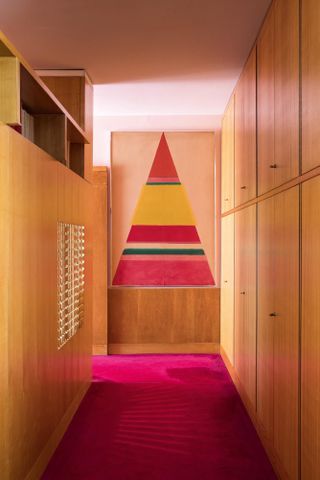
‘The opportunity to secure Casa Lana came to us thanks to the Lana heirs and to the generosity of the Ettore Sottsass Archive,’ says Sammicheli. ‘We could not miss this opportunity due to the extraordinary integrity of the apartment. It is as if Casa Lana was frozen in time, precisely as the architect designed it. This allows us to present a project in its totality, integrity and strength.’
Giovanni Lana did not have much of a budget when he commissioned Sottsass, but the friends came to an agreement, and the resulting compact apartment epitomises the Italian architect’s pioneering approach to design.
Pioneering interior design by Ettore Sottsass
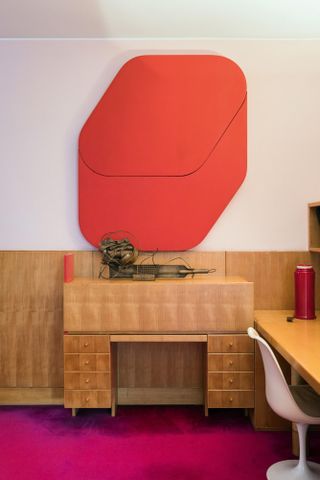
A a study area with desks and fold-down furniture
Packed full of clever spatial tricks and brilliantly executed, Casa Lana neatly demonstrates how some past issues remain significant today, and offers up unexpected solutions in terms of lifestyle, materiality and small-space living. It comprises a tight sequence of zones, or ‘rooms within a room’, dedicated to different functions. To save space, Sottsass eliminated corridors and emphasised the idea that all spaces have been conceived to be part of a whole. The combination of art and architecture is apparent in the different colours and materials that help define the various functions of each specific zone.
‘Today, Triennale di Milano gives the world an extraordinary surprise: the faithful reconstruction of part of Casa Lana by Ettore Sottsass, that Triennale took apart and philologically reassembled thanks to the collaboration of Iskra Grisogono from the Sottsass archive, and the dialogue with the original owner’s family,’ comments Triennale president, architect Stefano Boeri. ‘From today, Milan hosts a veritable time machine, created by one of the geniuses of 20th century design.’
Adds Sammicheli: ‘The fact that Sottsass’ footsteps are still present in the original furniture is astonishing for us. That’s what makes this apartment exceptional.’
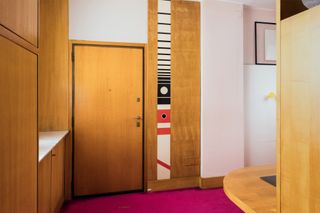
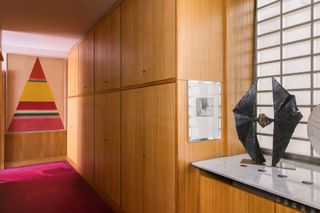
A corridor in the apartment. All the elements of the design were created to fit into the compact space with storage solutions such as the built-in cupboards lining the corridor
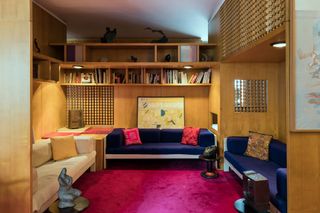
The living room features a boxed-off seating area with three ‘Califfo’ sofas, designed by Ettore Sottsass for Poltronova
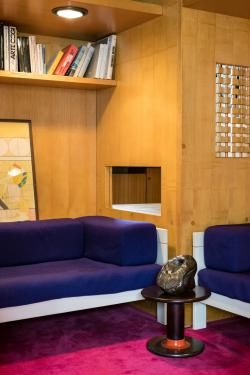
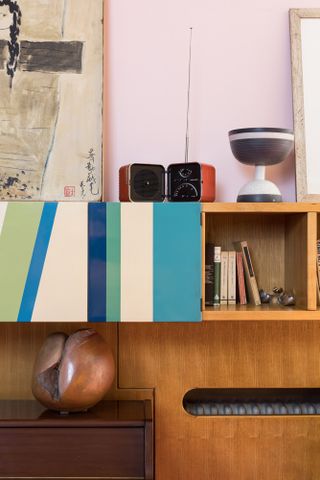
Bespoke shelving and wood panelling covering a radiator
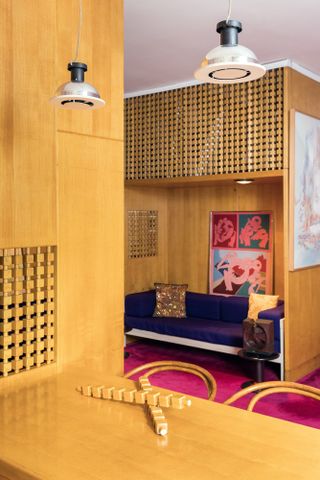
A view of the living room from the built-in dining table
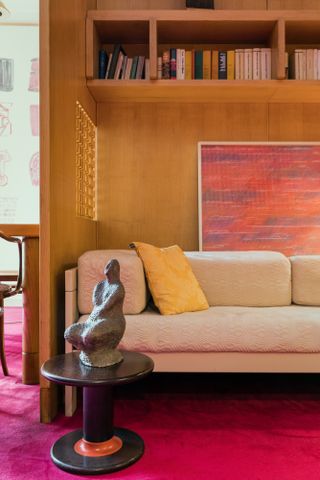
Sottsass’ ‘Califfo’ sofa for Poltronova
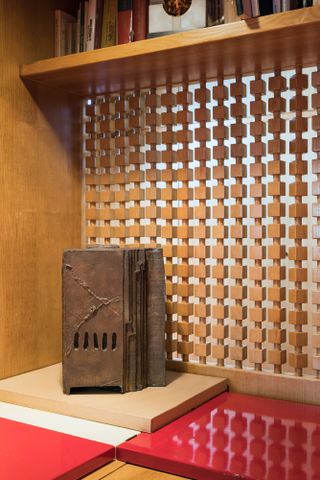
A detail of the bespoke woodwork
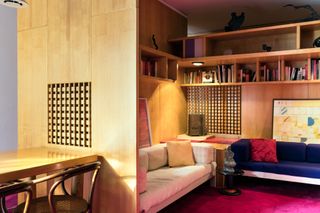
Living room and dining area
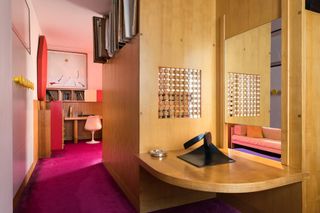
Corner of the apartment looking through the study area
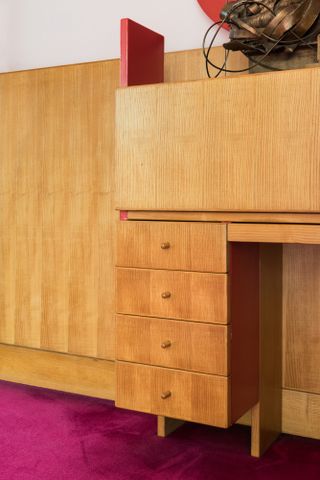
Among the bespoke furniture is this foldable desk
INFORMATION
Wallpaper* Newsletter
Receive our daily digest of inspiration, escapism and design stories from around the world direct to your inbox.
Casa Lana is on view at Triennale Design Museum
triennale.org
Maria Cristina Didero is an independent design curator, consultant and author, who has contributed to many publications over the years. Didero has consulted for companies such as Vitra, Fritz Hansen, Lexus, Fendi, Louis Vuitton, Valextra among others. Based in Milan, she works internationally, curating exhibitions for institutions: some of her most recent projects include Nendo: The Space in Between and The Conversation Show at the Holon Design Museum, Israel; FUN HOUSE by Snarkitecture at National Building Museum, Washington D.C.; SuperDesign a project about Italian radical design, NY; Vegan Design, or the Art of Reduction by Erez Nevi and The Fish and The Crowd by Carlo Massoud, Milan. In April 2022 she curated a Mathieu Lehanneur exhibition at the Triennale in Milan called The Inventory of Life, while in July she debuted a project at the MK&G in Hamburg titled Ask Me if I Believe in the Future, alongside a series of ongoing collaborations. She was appointed 2022 Curatorial Director of Design Miami/. She is currently preparing two projects for Milan Design Week 2023.
-
 Corner Corner may be London's most unique entertainment destination yet
Corner Corner may be London's most unique entertainment destination yetThe newly-opened venue combines food, jazz and—yes—urban farming beneath one sprawling roof
By Sofia de la Cruz Published
-
 The Wallpaper* Design Issue comes with our Salone del Mobile must-sees
The Wallpaper* Design Issue comes with our Salone del Mobile must-seesThe May 2025 issue of Wallpaper* is on sale now, taking in Milan Design Week, the Venice Biennale, and a very stylish tea party
By Bill Prince Published
-
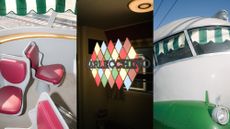 Aboard Gio Ponti's colourful Arlecchino train in Milan, a conversation about design with Formafantasma
Aboard Gio Ponti's colourful Arlecchino train in Milan, a conversation about design with FormafantasmaThe design duo boards Gio Ponti’s train bound for the latest Prada Frames symposium at Milan Design Week
By Laura May Todd Published
-
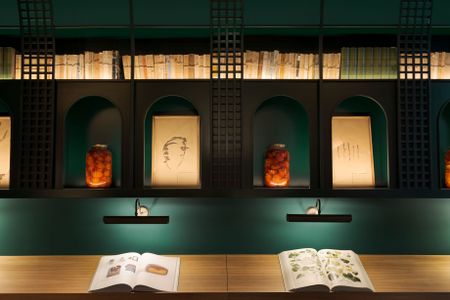 Romanengo is Milan’s new sweet spot
Romanengo is Milan’s new sweet spotRomanengo, the oldest Italian confectionery, opens its doors in Milan with interiors by Madrid-based architects Cousi Interiorismo
By Ifeoluwa Adedeji Published
-
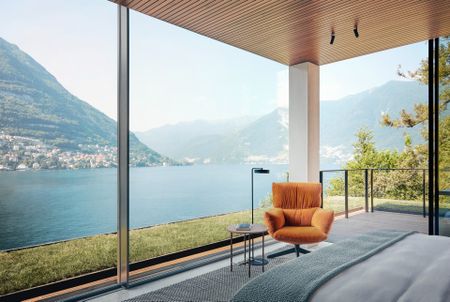 Il Sereno and Patricia Urquiola launch penthouse that celebrates Italian design
Il Sereno and Patricia Urquiola launch penthouse that celebrates Italian designThe Lake Como Hotel, designed by Patricia Urquiola in 2016, opens its latest penthouse dedicated to modernist design and a new e-commerce to shop furniture, accessories and textiles from the hotel
By Rosa Bertoli Last updated
-
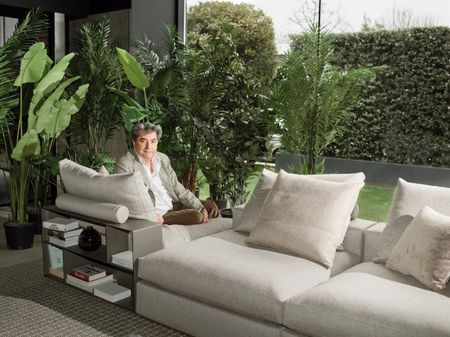 Antonio Citterio reflects on his work with Flexform, and conceiving a sofa as the heart of the home
Antonio Citterio reflects on his work with Flexform, and conceiving a sofa as the heart of the homeAntonio Citterio designed the Groundpiece sofa for Flexform in 2001: twenty years on, we chart the architect's history of collaboration with the Italian furniture company, and discover his view on redefining domestic interiors
By Deyan Sudjic Last updated
-
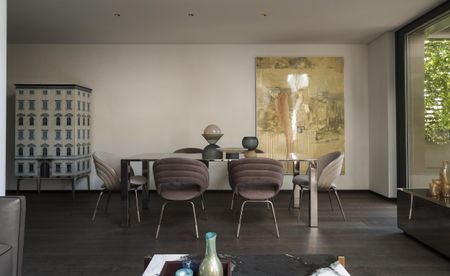 Step inside this Milanese urban oasis
Step inside this Milanese urban oasisInspired by the traditional cloisters of Milan, this modernist apartment building features smart green spaces throughout. We discover the penthouse, where minimal interiors are enriched with sophisticated materials
By Rosa Bertoli Last updated
-
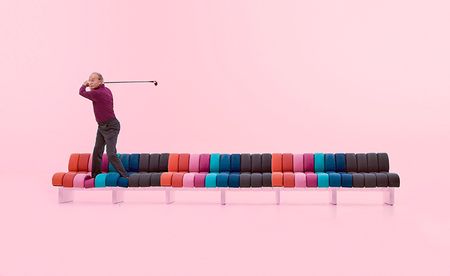 The long game: B&B Italia’s Giorgio Busnelli dreams big for the future
The long game: B&B Italia’s Giorgio Busnelli dreams big for the futureBy Hugo Macdonald Last updated
-
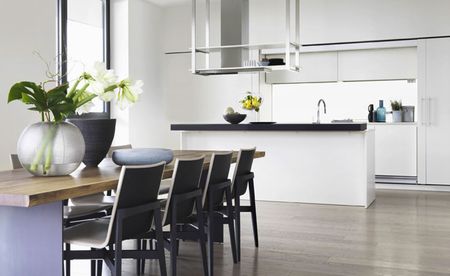 High life: Molteni&C and Dada furnish apartments in Milan’s Bosco Verticale
High life: Molteni&C and Dada furnish apartments in Milan’s Bosco VerticaleBy Elisa Carassai Last updated
-
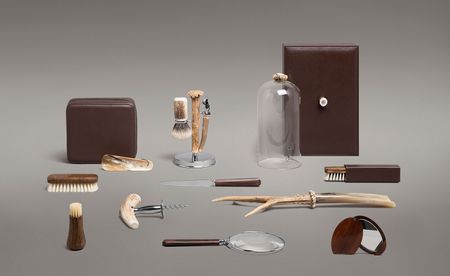 Stag party: Picky Nicky's edit of Cedes Milano's antler accessories
Stag party: Picky Nicky's edit of Cedes Milano's antler accessoriesDedicated to the expert manufacturing of small, yet luxurious serving and grooming products made out of natural materials, Cedes Milano is headed by Manuela Casati and Mauro Lorenzi. The Milanese company uses specialist craftsmanship and lavish materials – such as horns, bamboo, leather and exotic woods – to create long-lasting pieces to use and love
By Nick Vinson - Art Direction Last updated
-
 Land reclaimed: Living Divani and Piero Lissoni revamp Milan’s Torre Velasca
Land reclaimed: Living Divani and Piero Lissoni revamp Milan’s Torre VelascaBy JJ Martin Last updated